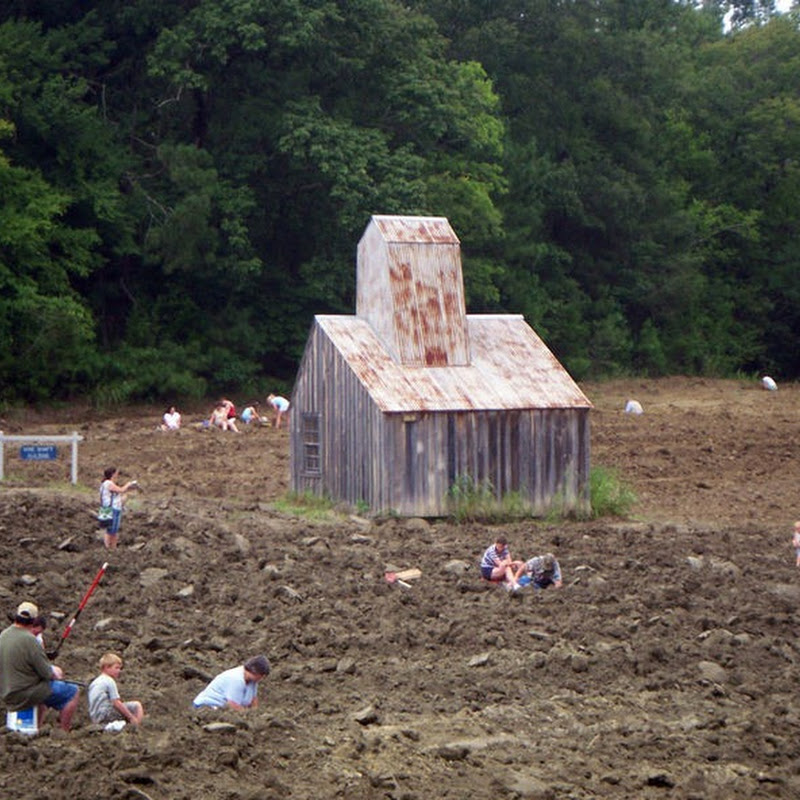Bonsai Fruits Tree
lowering bonsai are very popular and fruits on miniature trees fascinate almost everybody. But there are a number of things you must pay attention to if you want to make sure these bonsai tree species will produce the desired flowers and fruits.
In general, flowering and fruitbearing species are treated and styled using the same techniques as for other bonsai tree species.
But if they don't get enough sunlight, are pruned at the wrong time or too often, grow too strongly due to high nitrogen fertilizer or the soil gets too dry you will be disappointed when no flowers or fruit grow on your bonsai tree.
The Japanese flowering apricot (Prunus mume) flowers in late winter or early spring before the leaves emerge. You can shorten the branches after flowering, but you must identify the leave buds and make sure, there is at least one left at the end of the twig. If you cut a branch so short that there is no leaf bud left, the branch will most likely die. Also very significant is the Cherry blossom Bonsai.
There are species which flower at the end of the new shoots, like the pomegranate, the bougainvillea, snowrose, potentilla, Chinese quince and the lagerstroemia for example. If you want the flowers to develop then don't trim the shoots until the tree has flowered.
Many tree species flower on short shoots of the previous years, like the crab apple, hawthorn, blackthorn, firethorn and flowering quince. You can shorten the long shoots but take care to leave the short shoots intact.
lowering bonsai are very popular and fruits on miniature trees fascinate almost everybody. But there are a number of things you must pay attention to if you want to make sure these bonsai tree species will produce the desired flowers and fruits.
In general, flowering and fruitbearing species are treated and styled using the same techniques as for other bonsai tree species.
But if they don't get enough sunlight, are pruned at the wrong time or too often, grow too strongly due to high nitrogen fertilizer or the soil gets too dry you will be disappointed when no flowers or fruit grow on your bonsai tree.
Flowering and fruit bearing tree species
Azaleas (Rhododendron indicum) for example grow base dominant – in contrast to most other species. This means that the lower branches grow stronger than the apex, which should not be pruned too heavily. The flower buds form in summer for the following year, so you should trim your azalea immediately after flowering and then don't prune much more if you want flowers in the next year.The Japanese flowering apricot (Prunus mume) flowers in late winter or early spring before the leaves emerge. You can shorten the branches after flowering, but you must identify the leave buds and make sure, there is at least one left at the end of the twig. If you cut a branch so short that there is no leaf bud left, the branch will most likely die. Also very significant is the Cherry blossom Bonsai.
There are species which flower at the end of the new shoots, like the pomegranate, the bougainvillea, snowrose, potentilla, Chinese quince and the lagerstroemia for example. If you want the flowers to develop then don't trim the shoots until the tree has flowered.
Many tree species flower on short shoots of the previous years, like the crab apple, hawthorn, blackthorn, firethorn and flowering quince. You can shorten the long shoots but take care to leave the short shoots intact.
Bonsai Fruits Tree
4/
5
Oleh
Chandu Numerology
































